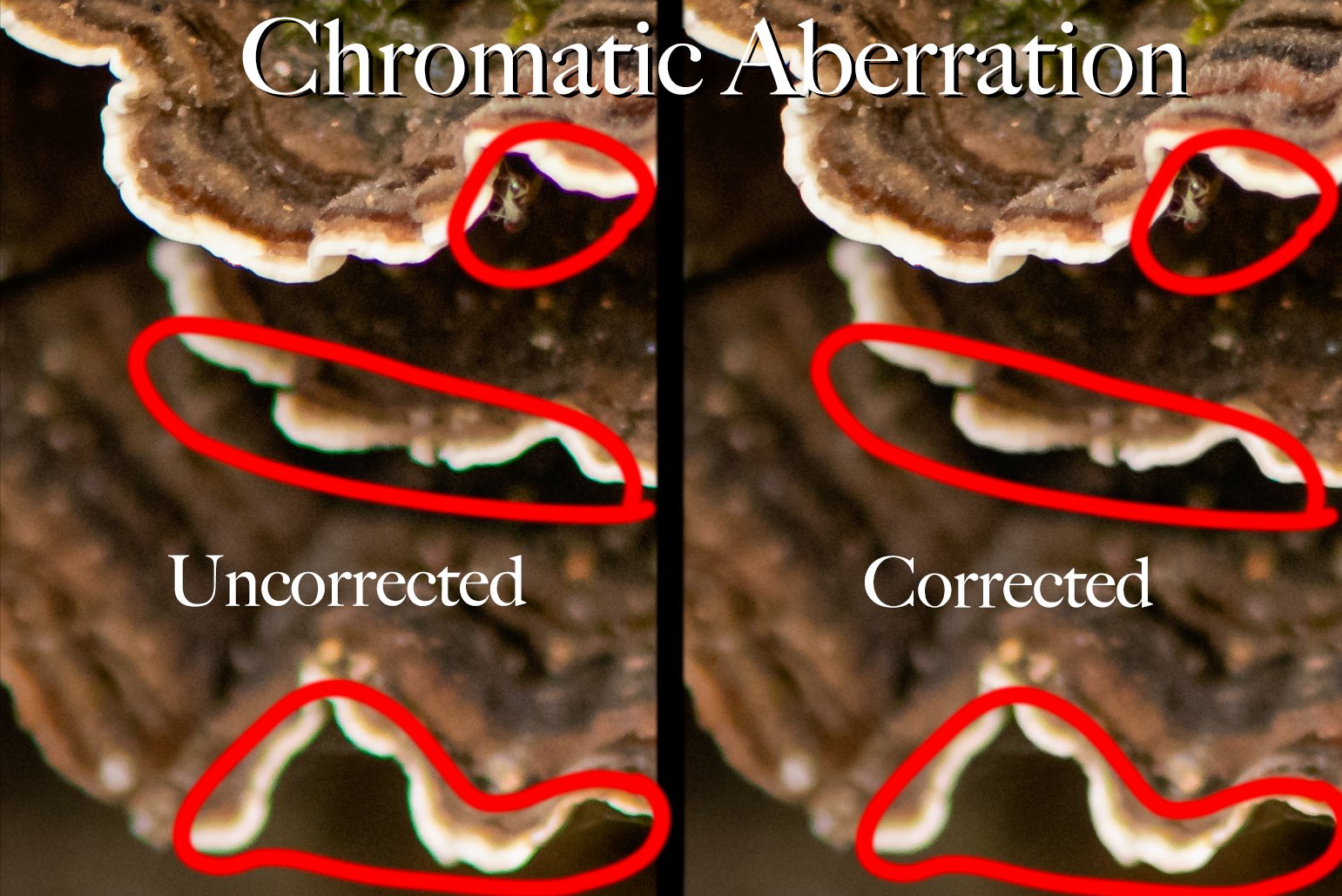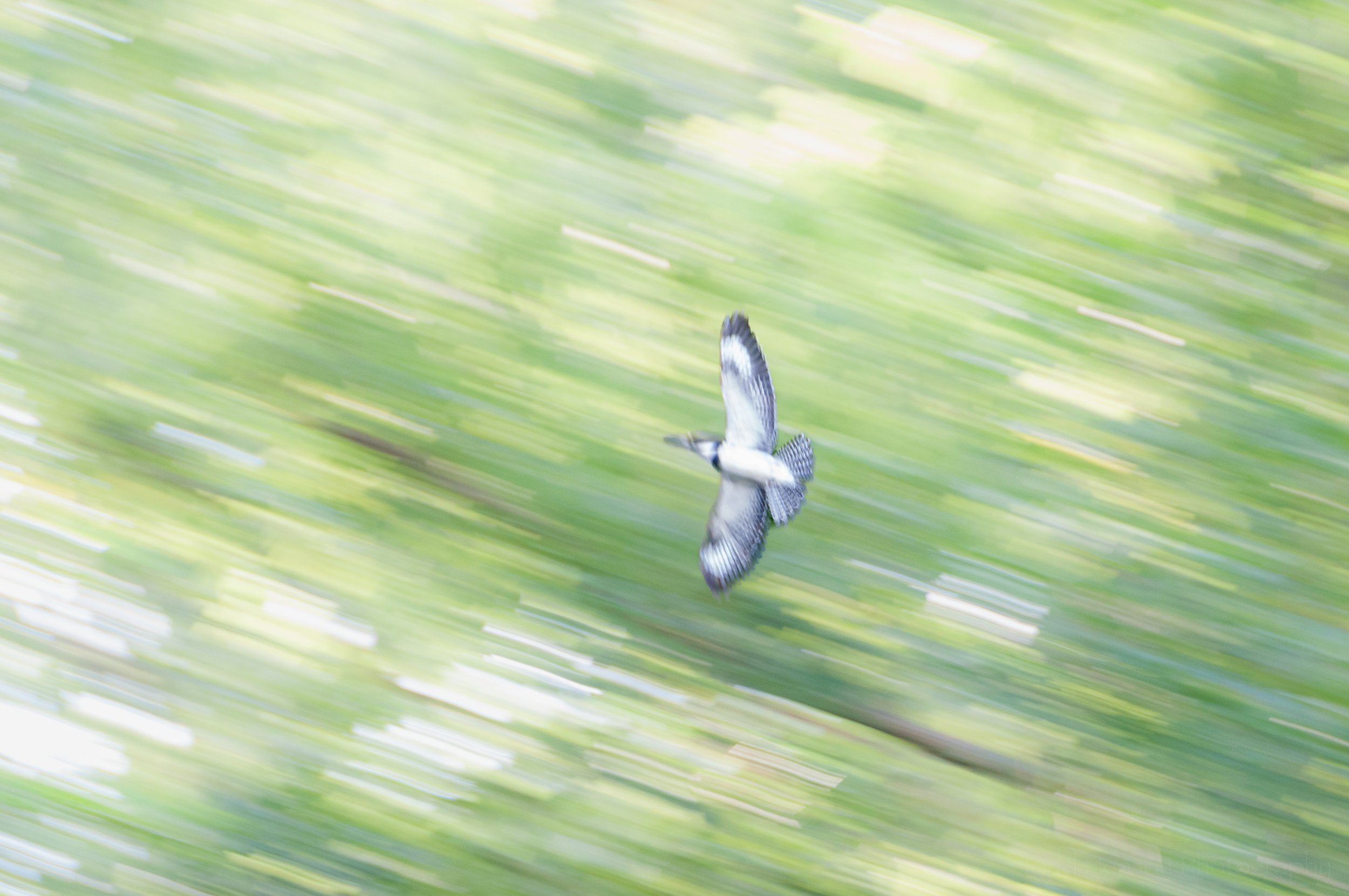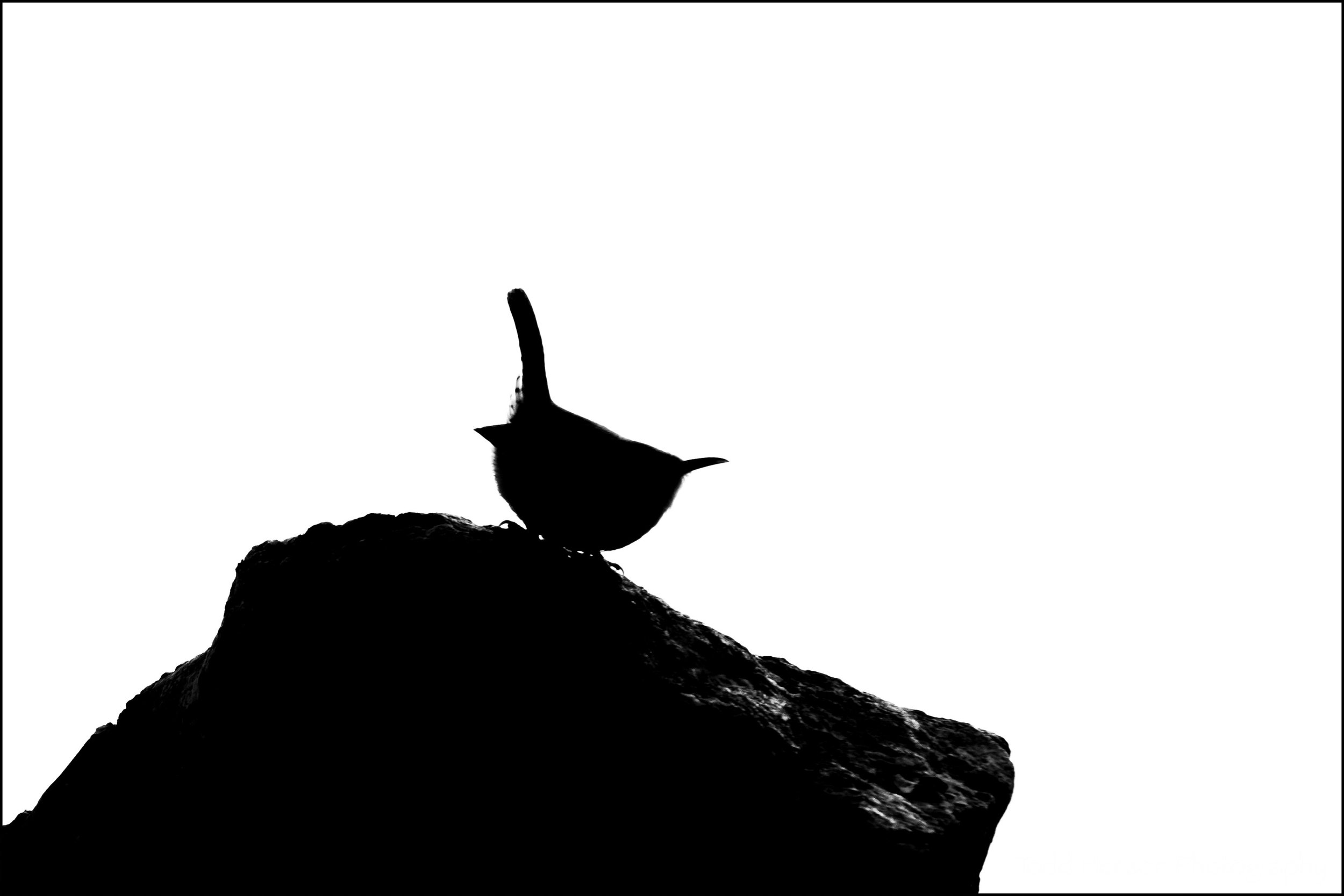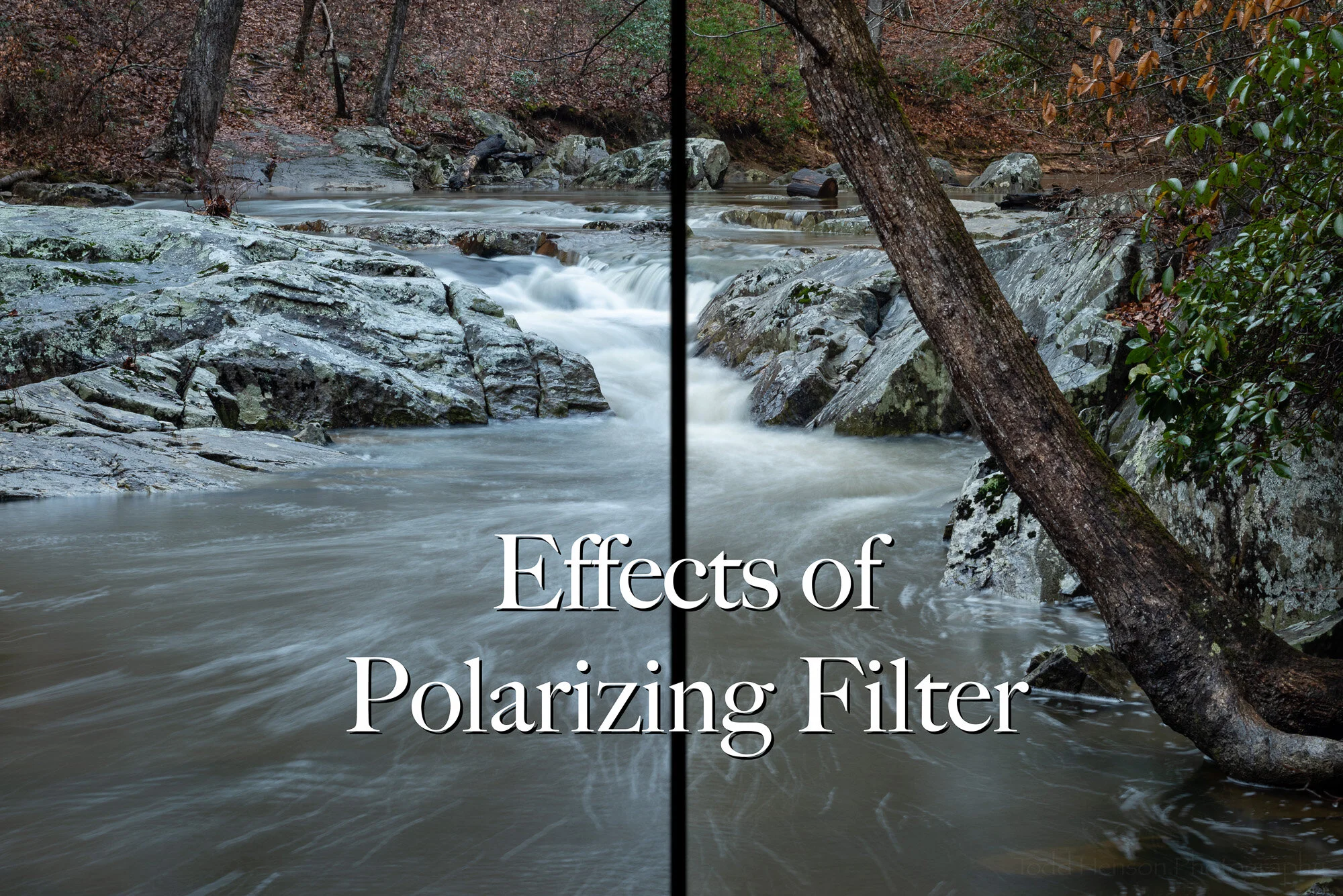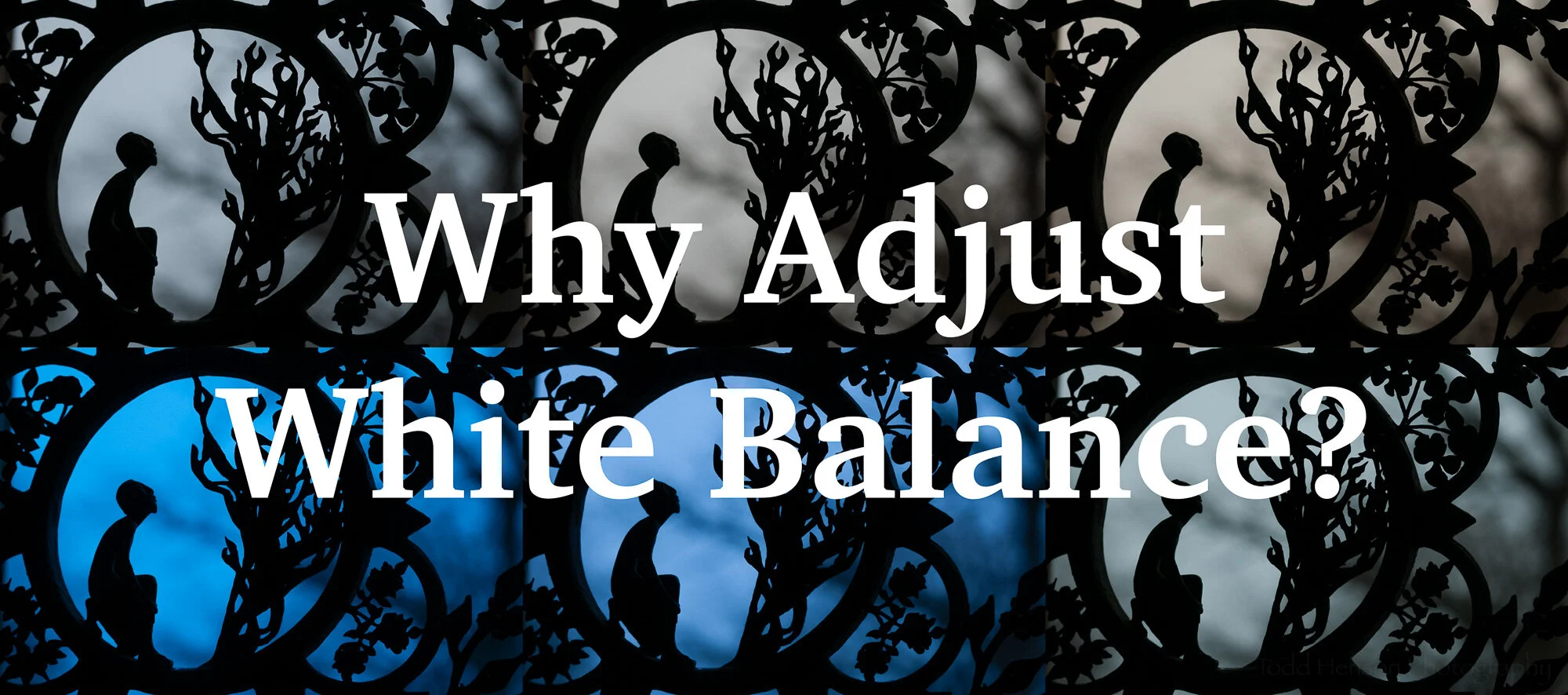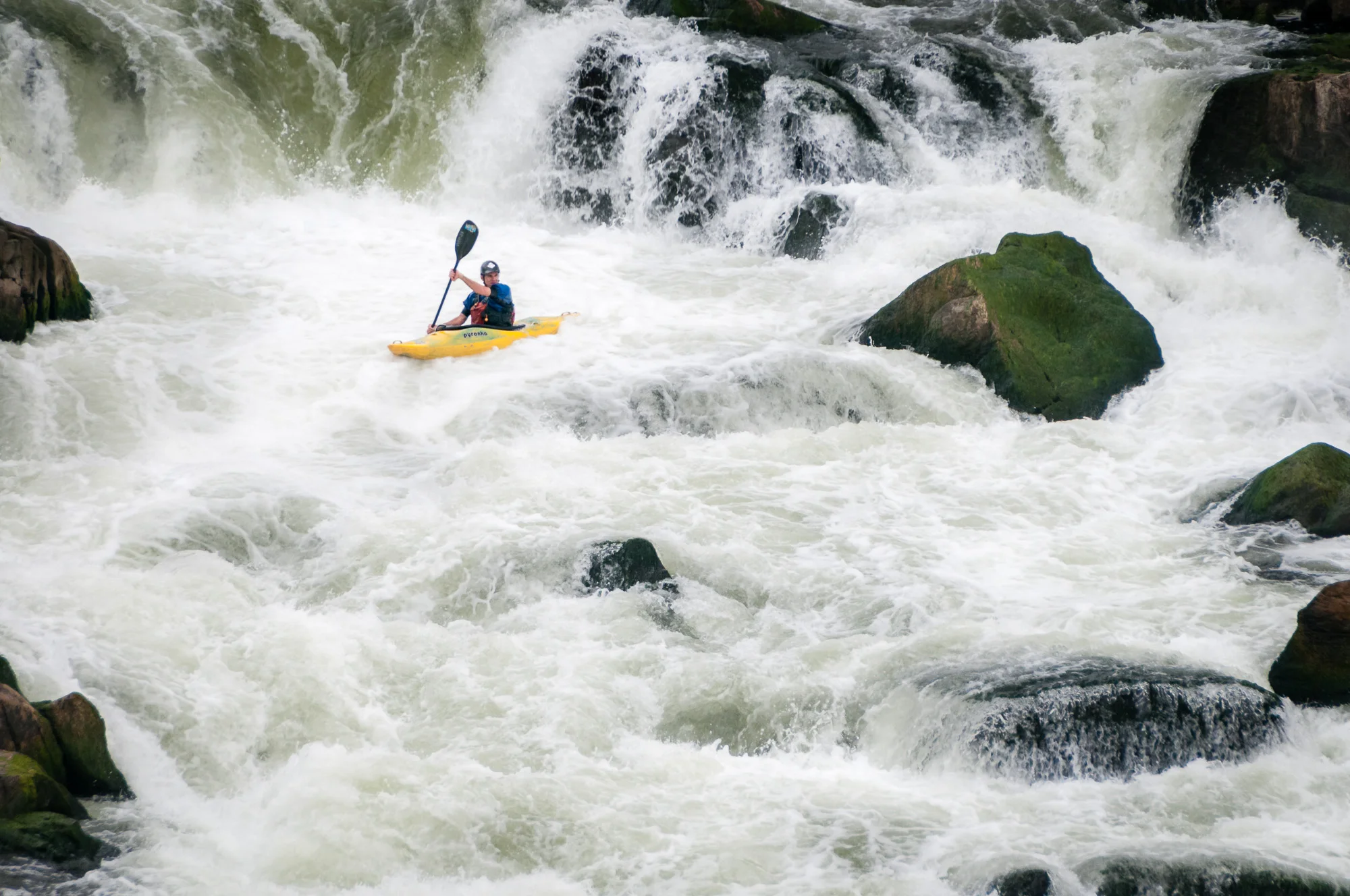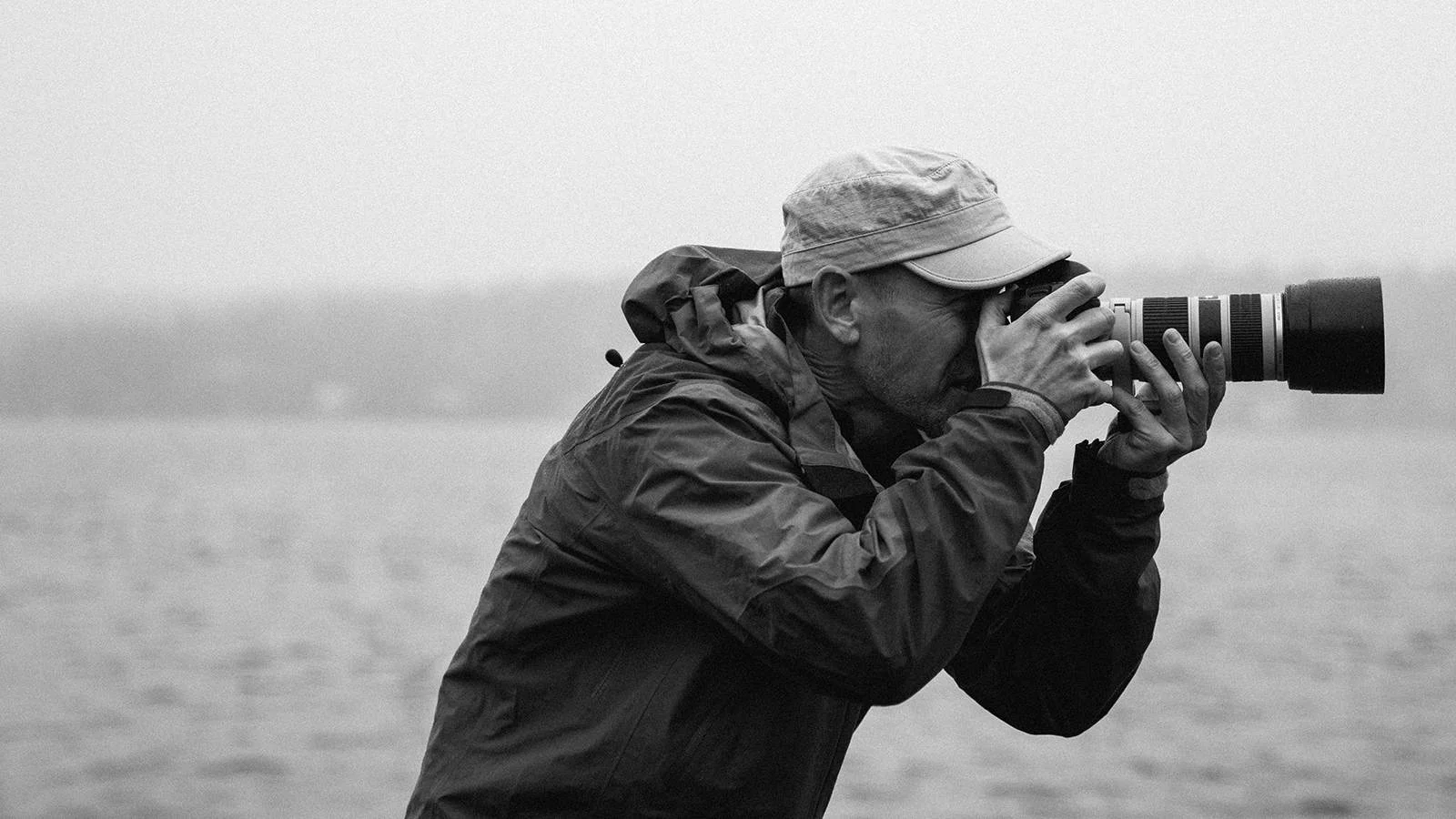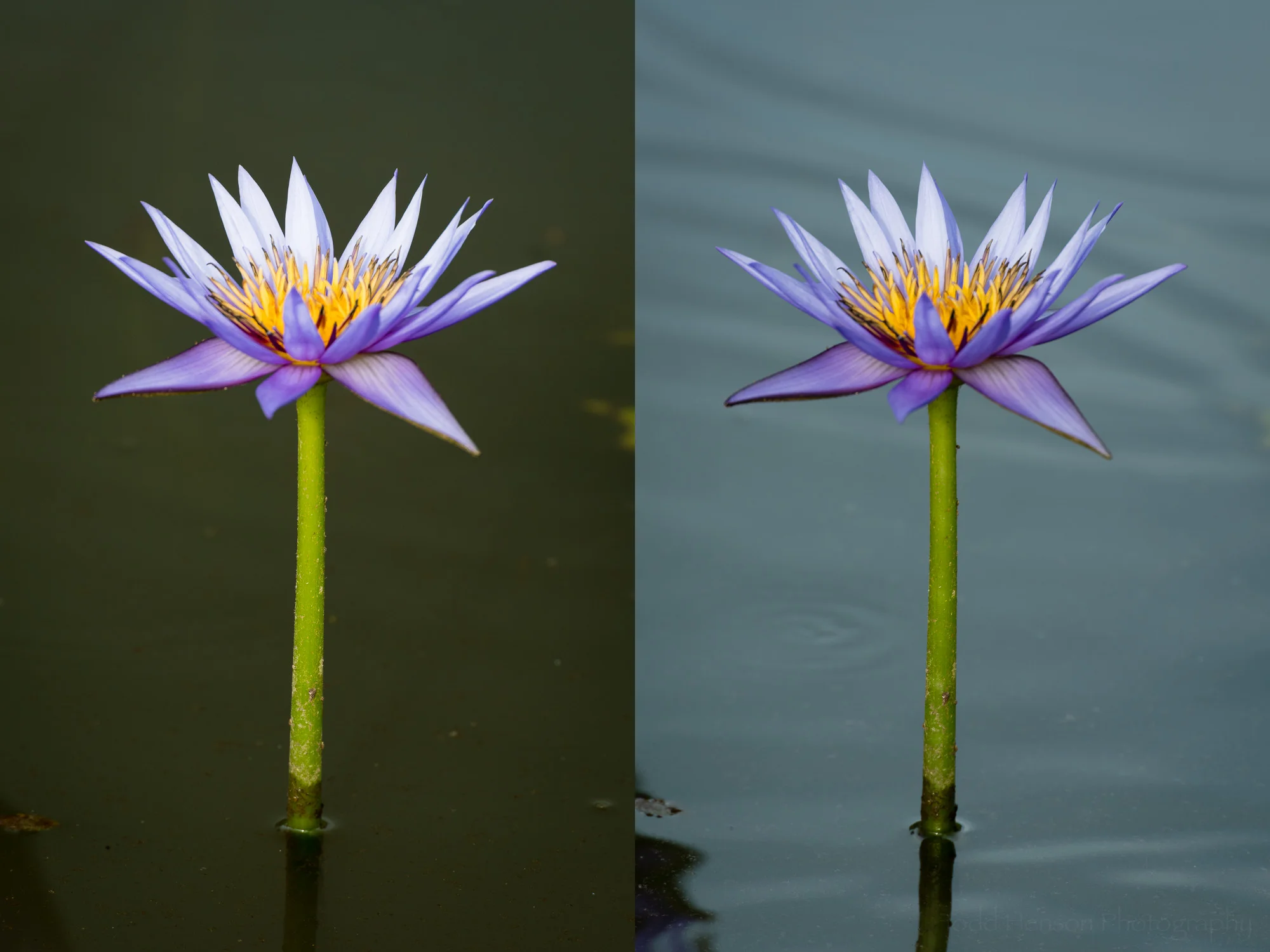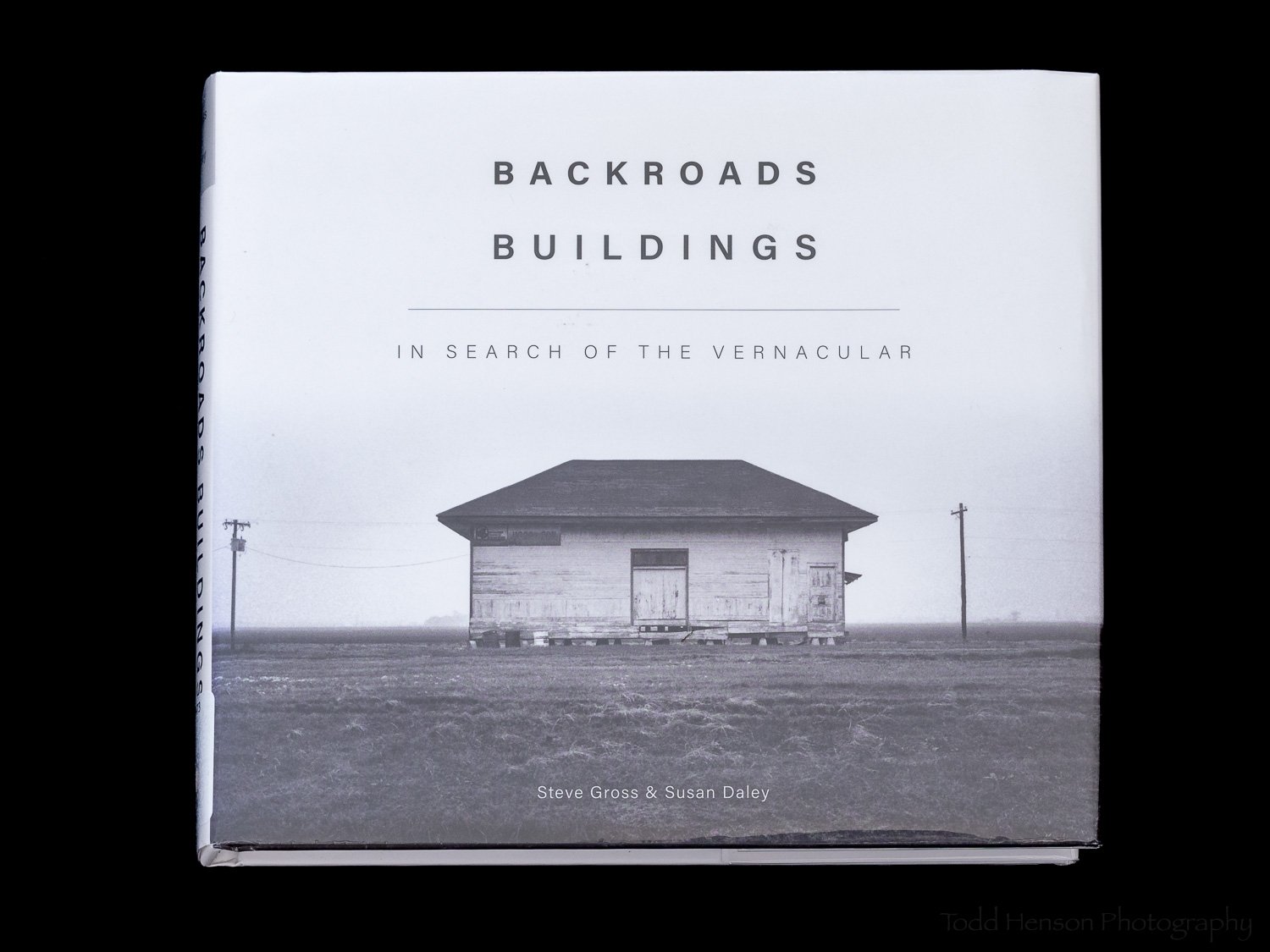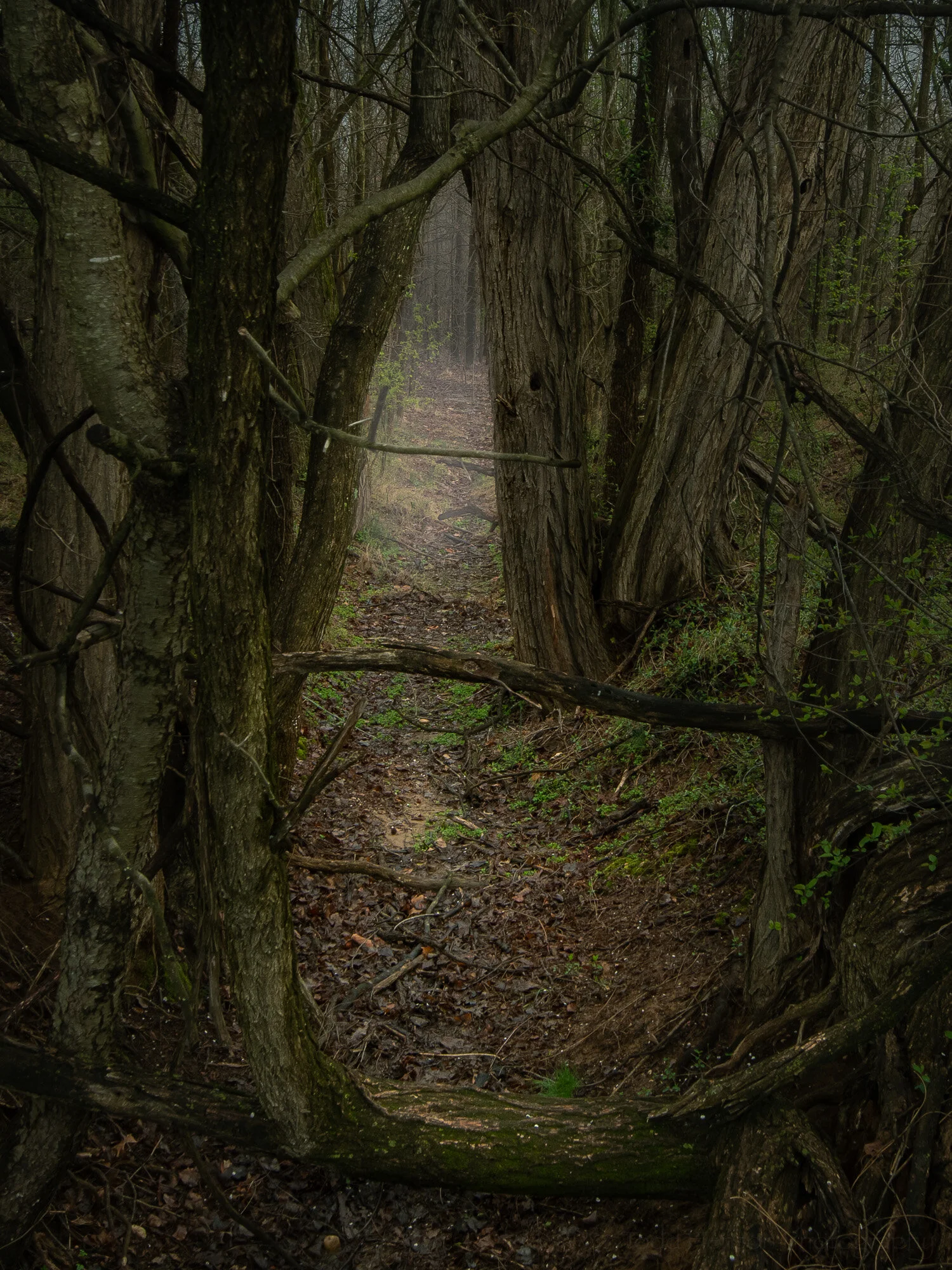Maine is known for many things, one of which is its lighthouses. I recently visited Maine with my father. We were primarily in the region of Acadia National Park, but also visited the Portland area. I’ve never been all that drawn to lighthouses, but I’ve also not seen all that many. I had planned to photograph both the Portland Head Light and the Bass Harbor Head Light, two of the more well known lighthouses. These are iconic locations, so I figured I’d try to create my own images of them. But the more we saw the more I found myself drawn to lighthouses, and the more we sought them out. In the end I photographed 10 lighthouses along the coast of Maine.
1. Portland Head Light
Portland Head Light, in Maine, with rocky shore and view of Ram Island Ledge Light on an island in the bay
Perhaps the best known lighthouse in Maine is the Portland Head Light, located within Fort Williams State Park in Cape Elizabeth, just south of Portland. The lighthouse is the oldest in Maine and is still in operation. You can watch the light constantly rotate, flashing every few seconds. You can walk up to the lighthouse and the buildings around it, which include a small gift shop. Fort Williams State Park has a number of trails along the coast that give different views of the lighthouse and other sights. Look into the bay and you can also see Ram Island Ledge Light. We were fortunate to have some interesting clouds in the sky during this visit. Other days were completely cloud free.
This photograph of Portland Head Light is available for purchase as wall art or on a variety of products. Additionally, a different view of the lighthouse is available and titled, Keeping Watch.
2. Ram Island Ledge Light
Ram Island Ledge Light, in Maine, with white sailboat in foreground
Ram Island Ledge Light is at the entrance of the Portland Harbor and is visible from Fort Williams State Park and Portland Head Light. It sits on a rocky island in the bay. I was lucky to capture an image of it with a white sailboat passing by in the foreground.
3. Portland Breakwater (Bug) Light
Portland Breakwater (Bug) Light, in South Portland, Maine, with distant view of Fort Gorges to the left in the bay
Portland Breakwater Light, also called Bug Light for its small size, is located on shore at the entrance to Portland Harbor in Bug Light Park, South Portland. It’s at the end of a small rock walkway with a black fence. You can walk right up to and around the lighthouse. There are memorial stones along the length of the walkway. Bug Light is no longer in active use. From Bug Light Park you can see both Fort Gorges in the bay and Spring Point Ledge Light further along the shore.
A black & white version of this photograph of Portland Breakwater Light is available for purchase as wall art or on a variety of products.
4. Spring Point Ledge Light
Spring Point Ledge Light, in South Portland, Maine, with view of Fort Gorges and white sailboat in the bay
Spring Point Ledge Light is very close to Bug Light, near the Southern Maine Community College in South Portland. It is located at the end of a long rocky walkway. You can walk out to and around the lighthouse, though it is not smooth walking, and can be a little nerve racking in a strong wind. I watched as some folks turned around before reaching the lighthouse. We watched people fishing along the rocks at the base of the lighthouse. For the image, I liked how the rocky walkway leads directly to the lighthouse. I waited until the white sailboat was visible and not obscured by the rocks, and made sure Fort Gorges, on the left, was in the frame for a little added interest and context.
A black & white version of this photograph of Spring Point Ledge Light is available for purchase as wall art or on a variety of products.
5 and 6. Cape Elizabeth Light (Two Lights)
The Eastern Tower of Cape Elizabeth Light (Two Lights), in Maine, seen from rocky shore
The Western Tower of Cape Elizabeth Light (Two Lights), in Maine, seen from the grounds of a restaurant
Cape Elizabeth Light is home to two lighthouses known as Two Lights, located in Cape Elizabeth near Two Lights State Park, just south of Portland. The eastern tower is still active, but the western tower is now privately owned. I viewed the western tower from the grounds of a local restaurant, and the eastern tower from the rocky shore just beyond the restaurant. For the eastern tower image, I positioned the yellow foliage between the rocks and the trees to add a little more interest and draw the eye from the rocks up to the lighthouse. For the western tower image I liked the juxtaposition of the lighthouse with the “Thank You Please Come Again” sign from the restaurant.
The photograph of the Eastern Tower of Cape Elizabeth Light is available for purchase as wall art or on a variety of products.
7. Bass Harbor Head Light
Bass Harbor Head Light, in Acadia National Park, Maine
Bass Harbor Head Light is within Acadia National Park on Mount Desert Island not far from the village of Bass Harbor. The lighthouse is still in active use but tourists can walk up to the lighthouse, and along a trail to stairs that head down to the rocky shoreline to get different views. I wasn’t able to get good views from the rocky shoreline this trip. Parking is very limited and this is a popular spot.
8. Egg Rock Light
Egg Rock Light on an island in Frenchman Bay, Maine, viewed from overlook in Acadia National Park
Egg Rock Light is on an island in Frenchman Bay, and has a different look than most of the other lighthouses. The lighthouse, itself, is in a tower within the keeper’s house, so it looks like a large house with the light tower at the top. We viewed the lighthouse from Acadia National Park on a drizzly day. Visibility went in and out as drizzle or fog moved through the area. To get a closer view of the lighthouse I used my 200mm lens with a 2x teleconverter.
9. Winter Harbor Light
Winter Harbor Light, on Mark Island, Maine, seen from rocky coast of the Schoodic Peninsula portion of Acadia National Park
Winter Harbor Light is located on Mark Island, not far from the town of Winter Harbor. It’s visible from several locations along the coast in the Schoodic Peninsula portion of Acadia National Park. Winter Harbor Light is no longer in active use and is privately owned. This view of the island was at quite a distance, so I used my longest lens (400mm) with a 1.4x teleconverter to get in closer.
10. Prospect Harbor Point Light
Prospect Harbor Point Light, Maine, with fishing boats in Inner Harbor, viewed from the shore of Prospect Harbor
Prospect Harbor Point Light is located on Prospect Harbor Point, which is a point that extends into Prospect Harbor, separating Sand Cove from Inner Harbor. It’s no longer possible to visit the grounds of the lighthouse, but it is visible from a couple locations. The photo was taken from across Inner Harbor along the shore of Prospect Harbor. I found a location where I could get down to water level, held the camera close to the water and used a wide aperture to give me a shallow depth of field, blurring out the foreground water. I like the effect this gives.
A black & white version of this photograph of Prospect Harbor Point Light is available for purchase as wall art or on a variety of products. Additionally, a different view of the lighthouse is available and titled, Watching Over Prospect Harbor.
Do you enjoy these posts?
Sign up to receive periodic emails with updates and thoughts. Don’t worry, I won’t spam you. And please consider purchasing artwork or products from my online store, and using my affiliate links in the sidebar to the right when shopping online.
I appreciate your support!

















